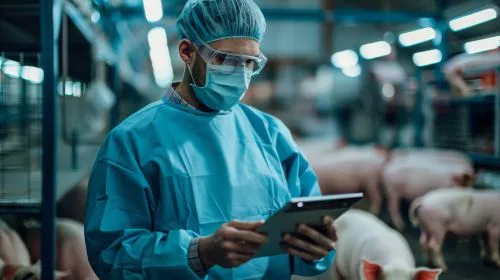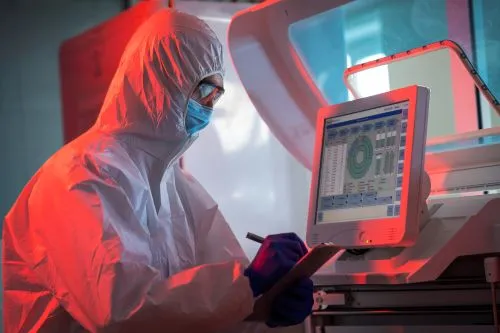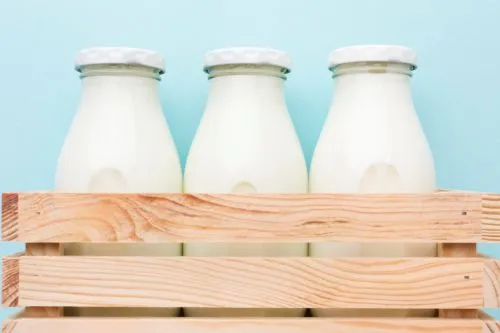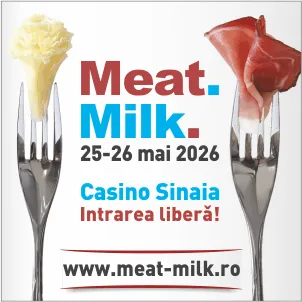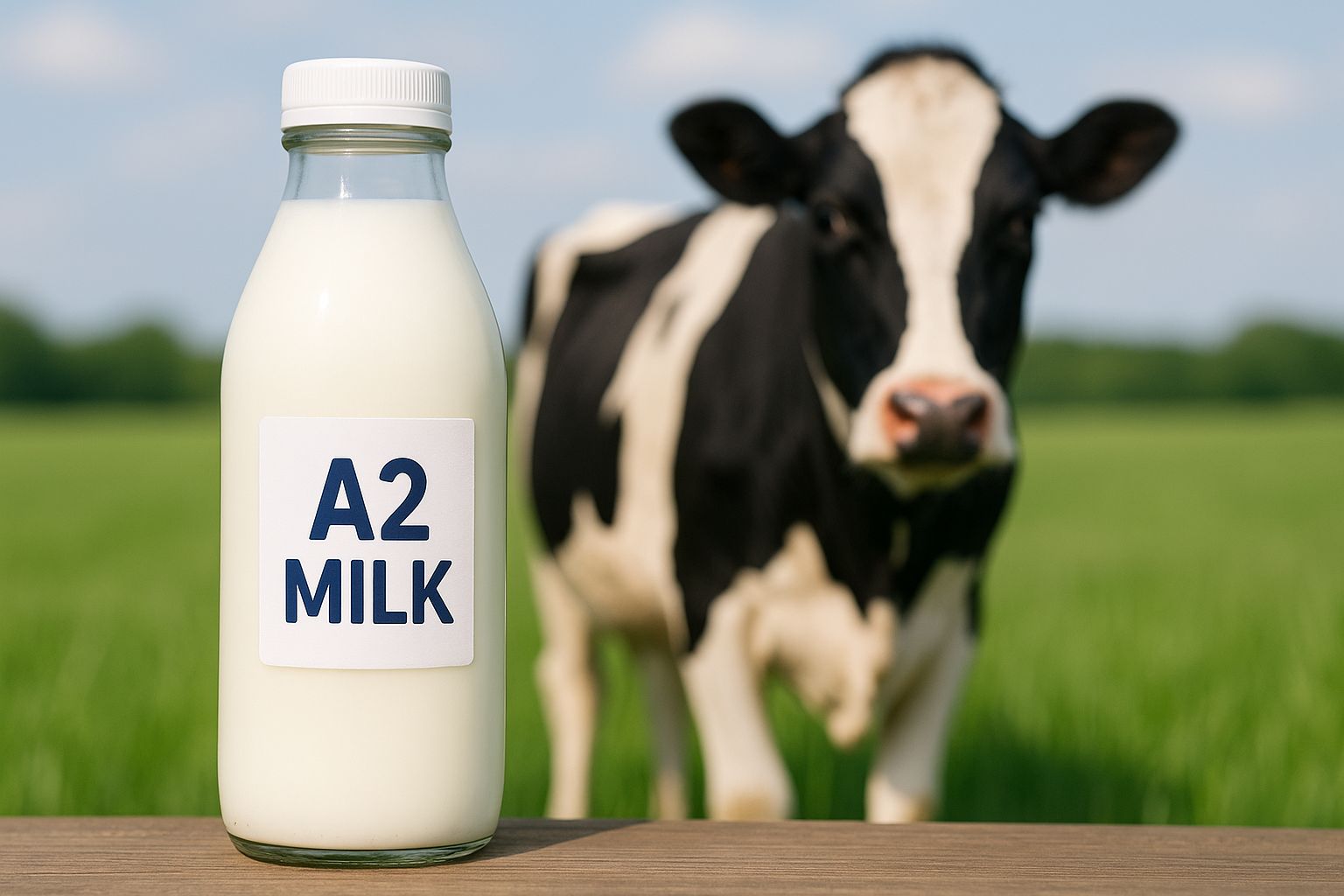
Increasingly found in stores across the US, Australia, and Asia, A2 milk is being promoted as a gentler option for digestion. But what makes it different, and is it worth introducing in Romania as well?
✅ What is A2 milk?
It’s cow’s milk that comes from animals producing only the A2 beta-casein protein. Typically, milk contains two types of beta-casein proteins: A1 and A2. The difference between them is small but significant: when A1 protein is digested, it can release a compound called BCM-7, which may cause bloating or digestive discomfort in some people. A2 milk does not produce this compound and, according to some studies, may be easier to digest for certain individuals.
🔬 What do the studies say?
People with digestive sensitivity have reported fewer symptoms (bloating, pain) after consuming A2 milk compared to regular milk. It is not a treatment for lactose intolerance and does not help in cases of milk protein allergy. Evidence regarding possible effects on chronic diseases (diabetes, inflammation) is currently inconclusive. Source: WebMD, Healthline, NIH
🥄 What about its nutritional value?
A2 milk has the same nutritional profile as regular milk: protein, calcium, vitamin D, B12, and fat. It’s not “lighter” or “richer” – just potentially better tolerated by some consumers.
📈 Why is it popular worldwide?
The global A2 milk market reached over $2.4 billion in 2021 and continues to grow. In Europe, demand is driven by interest in clean-label products and easy digestion.
🐄 Why doesn’t it exist in Romania?
A2 milk is not yet commercially available in Romania, but it could become an interesting niche. To produce it, farmers need to genetically test cows (for the A2A2 genotype) and separate them during milking and processing. It requires investment – but one with potential, if demand increases.
📌 Conclusion:
A2 milk is not a “superfood,” but it may be a good option for people with digestive sensitivity to regular milk. For others, the difference is not significant. In Romania, it remains a future topic – interesting for producers and educational for consumers.
(Photo: AI Generated)
